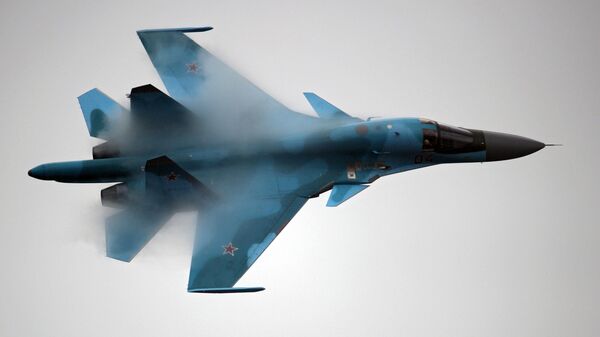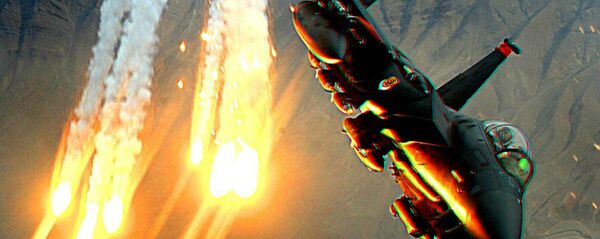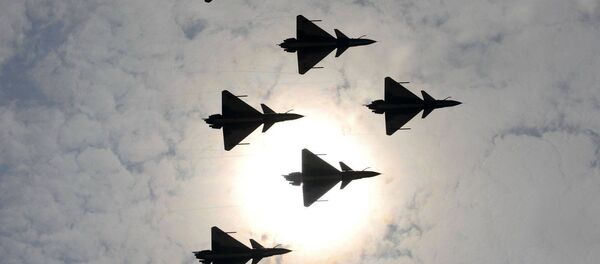In his analysis, published in the independent news and geopolitical analysis website Voltairenet.org, Vasilescu emphasized that the Sukhoi Su-34 has already proven itself as a capable strike fighter.
The 45 ton, Mach 1.8-capable airplane, designed to carry up to 8 tons of weaponry, has a tactical radius of 4,000 km, and a flight ceiling of 18,000 meters. The plane can also be equipped with up to three additional fuel tanks, allowing to fly 8 hours without refueling.
Having been tested in real-world fighting conditions against Daesh and other militants in Syria in the course of the past year, Vasilescu explained that "one of the conclusions drawn by Russian military experts has been to expand the capabilities of this aircraft for ground attack missions," and "to replace the armored Sukhoi Su-25 [close air support aircraft], whose operational resource is running out."
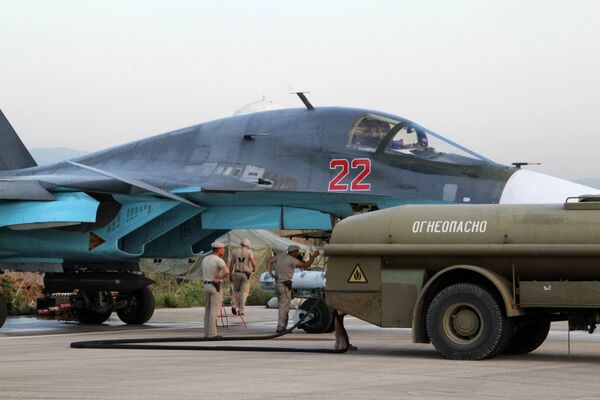
If the Su-34 is to turn into a genuine close air support aircraft, it will have to be able to confidently enter into the range of portable surface-to-air missiles, anti-aircraft guns and enemy small arms fire, the analyst noted. "For this reason, the Su-34 will need armor plates to protect the flight deck, engines, fuel tanks and flight control systems. The dome cabin and its front window must also be armored."
Meanwhile, the analyst noted, the Su-34 already has advanced electronic countermeasures against MANPADS and short-range radar-guided missiles. This system consists of the L-150 Pastel radar warning system, APP-50 decoy flare launchers and the KNIRTI SPS-171/L005S electronic countermeasure system, the latter mounted on the plane's topside.
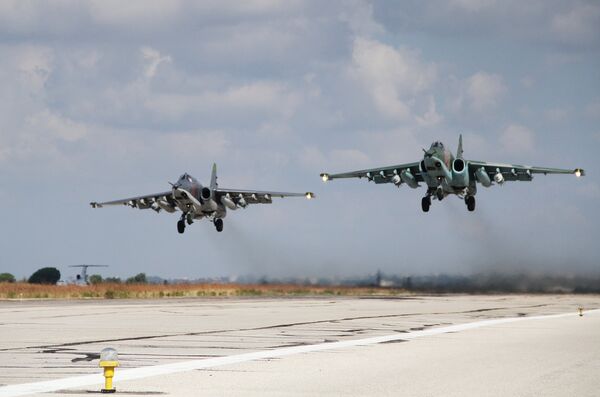
In addition, the aircraft has a multi-target, passive electronically scanned array forward radar, enabling it to 'hunt' for enemy aircraft and equipment at a range of between 200-250 km. The plane is also equipped with rearward-facing radar, and can be equipped with the M402 Pika side-looking radar. In addition, its L175V/KS418, Digital RF Memory-equipped jamming system allows it to be used as a battlefield jammer.
Vasilescu emphasized that when it comes to aircraft armor design and testing, "that's not so difficult for the Russians, given the successful experience with the Su-25's armor. The Su-25 has a length of 15.5 m, a 14.3 m wingspan and a height of 4.8 m, while the Su-34 is 23.3 m long, 14.7 m wide and has a height of 6.1 m."
As a fighter-bomber with attack aircraft capability, it's only logical that the Su-34 can be equipped with long-range and short-range air-to-air missiles, including the R-77, the R-27 and the R-73. The Su-34s operating in Syria quickly received such missiles soon after a Turkish F-16 shot down a Russian Su-24M over northern Syria in November 2015.
Among the other benefits of an armored Su-34 is its capability to climb and cruise at heights between 8,000 and 12,000 m, allowing the pilot to familiarize himself with the tactical situation on the ground with the help of onboard sensors before swooping down for attack.
"The selection and continuous monitoring of selected targets is done using airborne radar and the Platan electro-optical targeting system, mounted on the fuselage. It is equipped with a laser target market which measures the distance to the target using laser telemetry."
Ultimately, Vasilescu noted, Su-34s equipped for close air support will "ensure extremely precise support for land forces fighting terrorist groups without causing collateral damage and the risk of being downed."
"Such ground support aircraft are becoming a necessity, although only the US and Russia have such planes. Lacking a new aircraft for this role, the Americans gave up on plans to retire 240 [70s and 80s vintage] A-10 Thunderbolt IIs from duty, extending their resource until 2028."
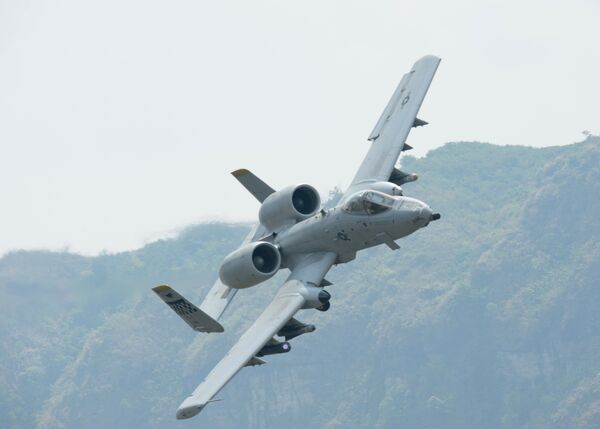
As for Russia, the country has the Su-25 Grach, also introduced in the 70s and undergoing several stages of modernization into the 2010s. But soon, armored Su-34s will begin to complement, and then replace these aircraft, thus vastly improving the ground attack capabilities of the Russian Aerospace Defense Force.
